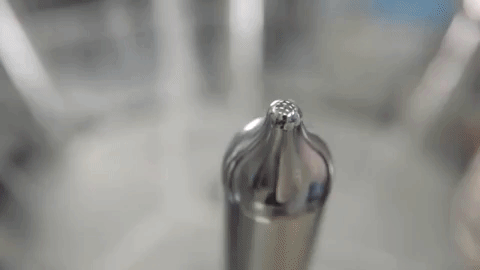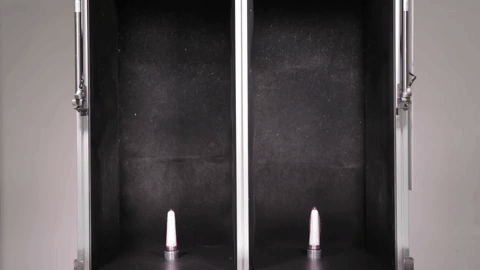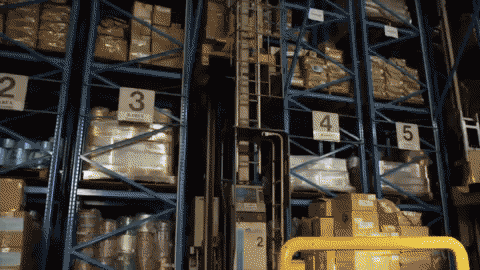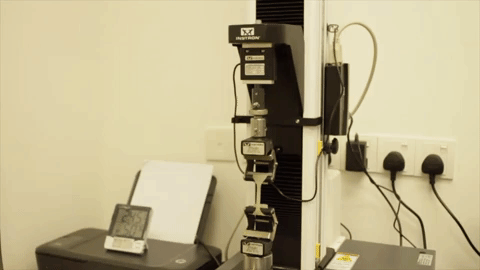Condom Testing
If you read condom packaging, you’ll come across claims like "individually electronically tested" or "triple tested." To better understand what that means, you may be interested in all the testing condoms undergo before they make it into those packages.
Condoms are classified as a Class II medical device under the FDA, and must meet international testing standards. Condoms are manufactured in batches (a "batch" is also sometimes called a "lot"). Condoms from each batch are sampled and tested two times during the manufacturing process and a third time once the batch is complete. These tests include the airburst test, freedom-from-holes test, tensile test, dimensional test, and package integrity test. In addition, every condom goes through an individual electronic pinhole test. Learn more about each test below.

Electronic Testing
Electronic testing is the only test performed on every single condom, and it’s what manufacturers refer to when they say "individually" or "electronically" tested.
During electronic tests, condoms are pulled over metal cylinders called mandrels and placed within an intense electrical field to determine whether there is electric conduction. Because rubber does not conduct electricity, no electricity should register for these mandrels. If electricity reaches these mandrels, there is a pinhole or thin spot in the latex and the condom is automatically discarded by the machine.
Dimensional Testing
Condoms are required to meet their established dimensional specifications for length, nominal width and thickness. If the sampling of condoms from the test batch is found to be out of specification, the batch is discarded.


Airburst Testing
There is an internationally regulated amount of air pressure and volume that condoms must withstand without breaking. A sampling of condoms from each batch is filled with air until they break. The level of volume and pressure at which each sample breaks are recorded. If the condoms don’t meet the established acceptance criteria, the entire batch is discarded.
Package Integrity Testing
Package integrity testing happens once the condoms are rolled up and in the wrapper. Using vacuum technology, the sampling of condoms in wrappers is inspected for any packaging holes or leaks. If the sampling of condoms fails the test, the batch is discarded.


Freedom-from-Holes Testing
There are two types of freedom-from-holes testing. Both include filling the sampling of condoms with water, and testing to see if they leak.
- The first is an automated test where the condom is filled with salt-water solution and submerged in the same solution. An electrode is applied to the outside and inside of the condom, and if a current is detected between the two electrodes the condom fails.
- The second is a visual test, where the water-filled condom hangs and is squeezed and visually inspected for leaks by an operator.
Tensile Testing
Tensile testing is done by laying the condoms flat, cutting out a band of latex, and using equipment to pull and stretch the band of latex until it breaks. The batch must meet the requirements for tensile strength.
